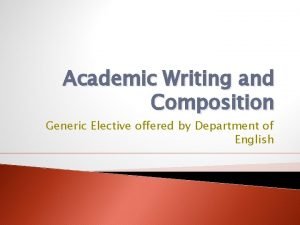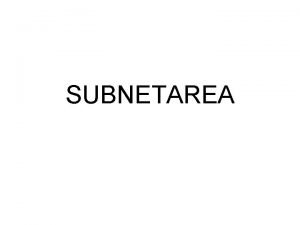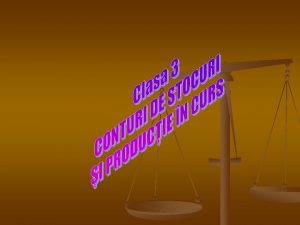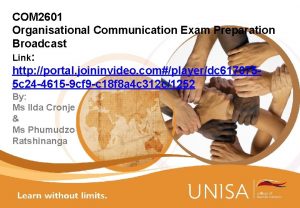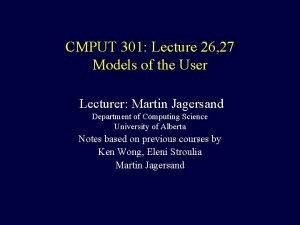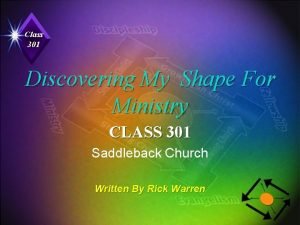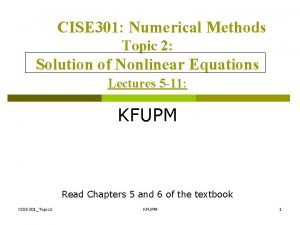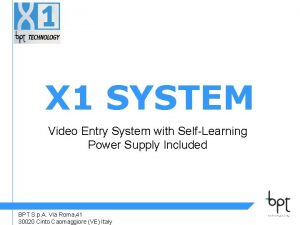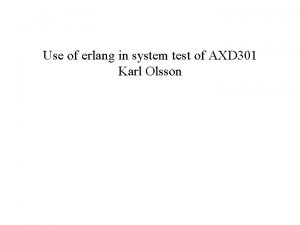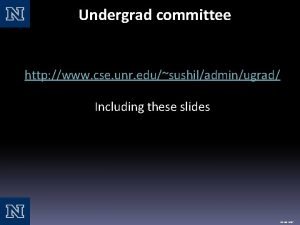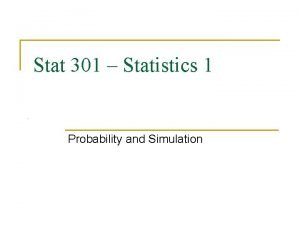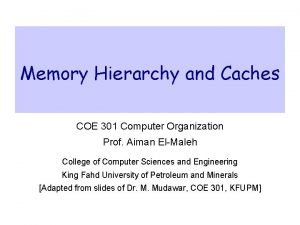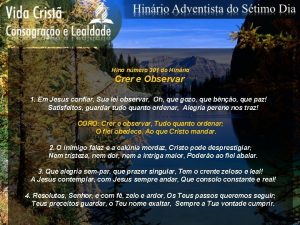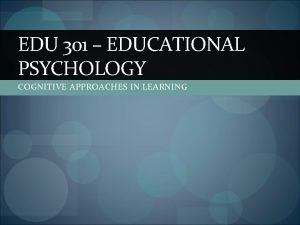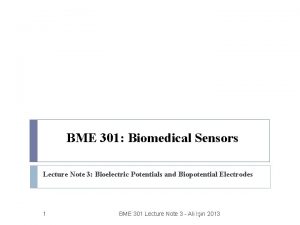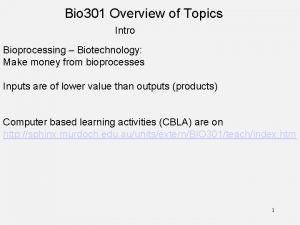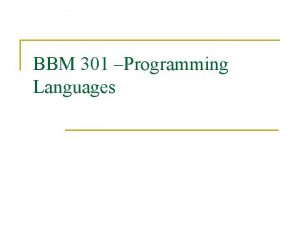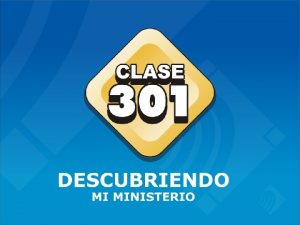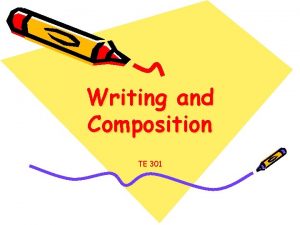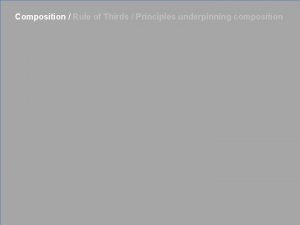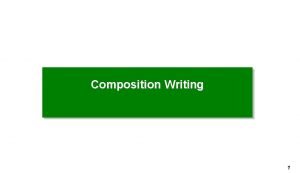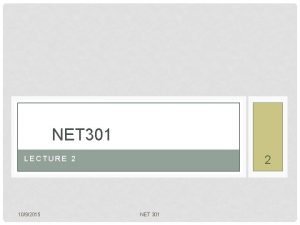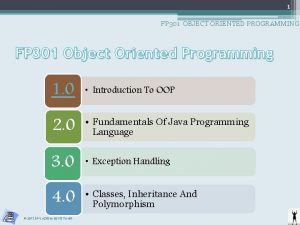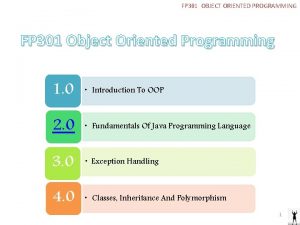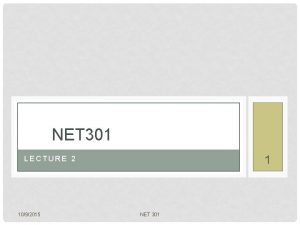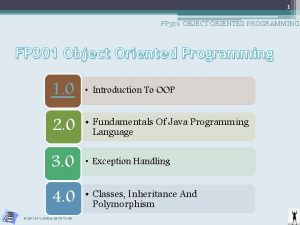Writing and Composition TE 301 1 How Children






















- Slides: 22

Writing and Composition TE 301 1

How Children Learn to Write • Through discovery—creating their own strategies for writing • Moving developmentally from strategy to strategy • By others around them providing meaningful examples • From each other as they figure out how to write Temple, C. Nathan, R. , Temple F, & Burris, N. A. (1993). The beginnings of writing. Needham Heights, MA: Allyn and Bacon.

Writing Development • Writing develops over time • Six common stages to writing: – – Writing through drawing Writing through scribbling Writing through letterlike forms Writing through familiar units of letter strings – Writing through estimated spelling – Writing through conventional spelling


Writing Through Drawing • One of the first ways that children express their thoughts and ideas on paper

Writing Through Scribbling • Writing (squiggly lines) starts to differ from drawing (circles and scribbles) • Writing may follow a structure (looks like a letter, list or story)

Writing Through Letterlike Forms and Letter Strings • Letters and letterlike forms start to appear • Writing may include strings of letters put together (that don’t necessarily form words)

Writing Through Estimated Spelling • Writing includes more letters (more conventionally formed) • Use knowledge of sounds to help in writing

Writing Through Conventional Spelling • With time and exposure to print in books and in the environment, children will begin to spelling more conventionally • Not expected until formal school entry

Concepts in Emergent Writing • recurring principle: writing consists of the same moves repeated over and over again • generative principle: writing created by employing the same small set of letters combined in different ways • sign concept: a graphic display representing text • flexibility concept: letters can be varied to produce new letters • directionality: arrangement of print on a page • negative space: the space left between words Temple, C. Nathan, R. , Temple F, & Burris, N. A. (1993). The beginnings of writing. Needham Heights, MA: Allyn and Bacon.

Using Names to Learn to Write • First piece of writing for most children is their own names • Name teaches the child a repertory of letters – Generative principle allows the child to use a limited set of letters to fill a page – Flexibility principle allows the child to use a limited set of letters and embellish them to become new letters Temple, C. Nathan, R. , Temple F, & Burris, N. A. (1993). The beginnings of writing. Needham Heights, MA: Allyn and Bacon.

Strategies for Early Writing • Tracing-writing over the letters someone else has written • Copying-using the letters someone else has written as a prompt to write one’s own letters • Generating-creating one’s own letters without prompting • Inventory principle—tendency to make lists of letters or words kids can write Temple, C. Nathan, R. , Temple F, & Burris, N. A. (1993). The beginnings of writing. Needham Heights, MA: Allyn and Bacon .

Concepts for more Practiced Writing • invented spelling: early spellings children produce on their own – Example: mskedas (mosquitos) • letter-name strategy: using a letter to spell a sound if the name of the letter closely resembles the sound – Example: lade (lady) • incorrect use of digraphs: using one letter to spell a digraph, or sound produced by two letters – Example: ihovr (each other) Temple, C. Nathan, R. , Temple F, & Burris, N. A. (1993). The beginnings of writing. Needham Heights, MA: Allyn and Bacon.

Concepts for more Practiced Writing, cont’d. • invented spelling of long vowels: lack markers to indicate longness – Example: nam (name) • invented spelling of short vowels: use of lettername strategy in place of short vowel – Example: veset (visit) or mod (mud) • vowel omissions: lack of vowels in syllables – Example: letl (little) or sopr (supper) • transitional spelling: words may look like English words but are spelled incorrectly – Example: dayses (daises) Temple, C. Nathan, R. , Temple F, & Burris, N. A. (1993). The beginnings of writing. Needham Heights, MA: Allyn and Bacon.

Strategies for Scaffolding Emergent and Early Writing • Ask the child what he would like to write • Repeat what the child says • Draw one line for each word using a highlighter or pen. Have the child write one “word” per line • Read and reread the message together as necessary, practicing one -to-one match

Examples of Some Spelling “Rules” • Vowel + consonant: when a vowel is followed by a consonant that vowel has a short pronunciation (e. g. , mat) • Vowel + consonant + e, i, or y: when a vowel is followed by a consonant, followed by any one of these three vowels, the vowel has a long pronunciation Temple, C. Nathan, R. , Temple F, & Burris, N. A. (1993). The beginnings of writing. Needham Heights, MA: Allyn and Bacon.

Stages of Spelling Development: • Prephonemic-stringing of letters together without attempting to represent speech sounds in any systematic way. • Early phonemic-spelling in which letters are used to represent sounds, but letters are often written for only one or two sounds in a word. Temple, C. Nathan, R. , Temple F, & Burris, N. A. (1993). The beginnings of writing. Needham Heights, MA: Allyn and Bacon.

Stages of Spelling Development, cont’d. • Letter-name-letters are chosen to represent phonemes based on the similarities between the sound of the letter-names and the respective phonemes. • Transitional-words look like English, yet are often spelled incorrectly. • Correct-majority of words are spelled correctly. Temple, C. Nathan, R. , Temple F, & Burris, N. A. (1993). The beginnings of writing. Needham Heights, MA: Allyn and Bacon.

Craft • Sense of who the audience is • Word choice • Mirroring mentor texts in format, which varies by genre • Creating more complex sentences • Rhythm and rhyme (especially in poetry) • Using metaphors, similes, foreshadowing, and other devices

Three Modes of Writing • Expressive mode: free flow of ideas and feelings, closest to self • Poetic mode: considered more of an art medium • Transactional mode: attempts to persuade or advise others Britton, J. (1970). Language and learning. Harmondsworth, England: Penguin Books.

Is Composition Different from Writing? • Children can compose before they write. They like to dictate their stories to others. • Children “plagiarize. ” That is, they often pull bits and pieces from the works of others into their own works. • A challenge for kids is to think about the interest of themselves as authors, their audience, their topic, and their purpose for writing.

Revising and Editing • Revising- changing the content of the piece (word choice, storyline, voice, etc. ) • Editing- fixing the mechanics of the piece (spelling, punctuation, etc. )
 Generic elective academic writing and composition
Generic elective academic writing and composition What is the basic unit of any written composition
What is the basic unit of any written composition Sa se imparta numarul 301
Sa se imparta numarul 301 2 log 84
2 log 84 Coe 301 kfupm
Coe 301 kfupm 301 cont
301 cont Cmnalle 301
Cmnalle 301 Cmput 301
Cmput 301 Class 301
Class 301 Cise 301
Cise 301 X** video
X** video Axd 301
Axd 301 Cse unr
Cse unr Infinera tm-301
Infinera tm-301 Stat 301
Stat 301 301 day
301 day Coe 301 kfupm
Coe 301 kfupm Vamos batalhar juntos pelejar
Vamos batalhar juntos pelejar Edu 301
Edu 301 Propogation
Propogation Bio 301
Bio 301 Bbm301
Bbm301 Unit 301
Unit 301
